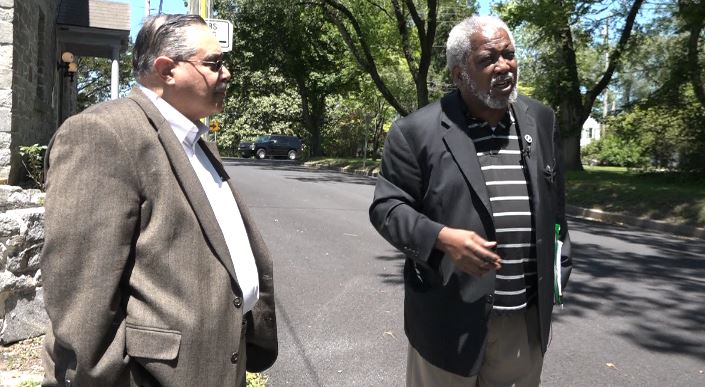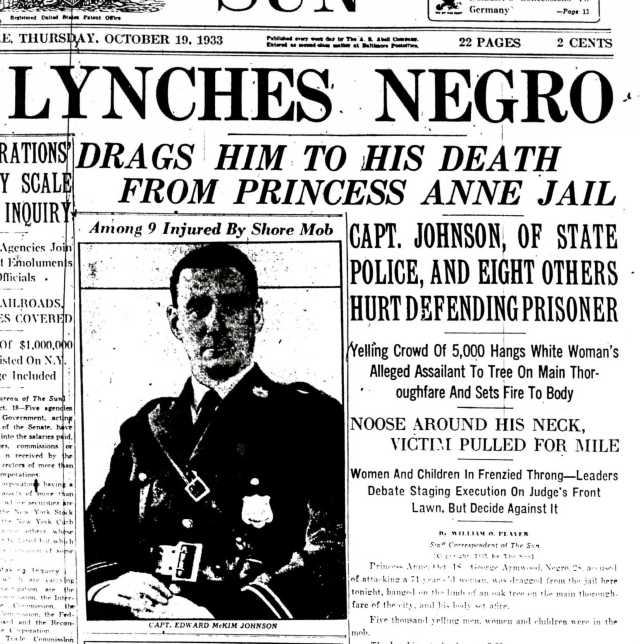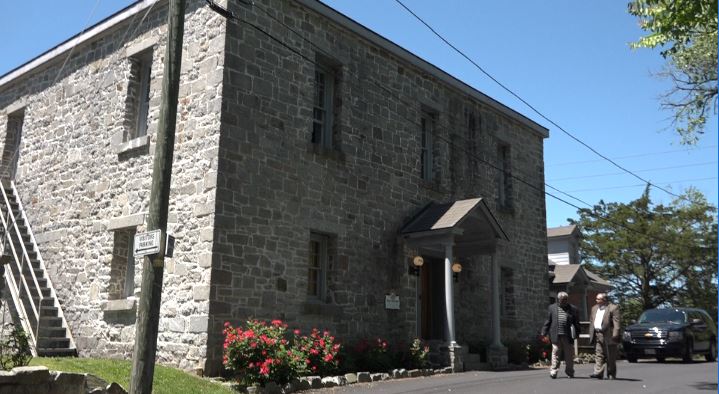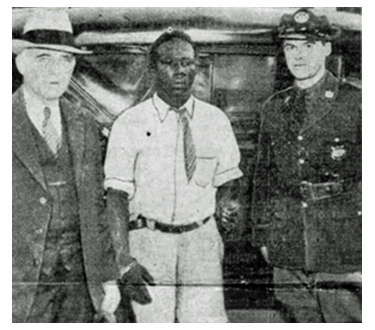Relatives of the last man lynched in Maryland say they fear it's a short distance between using symbols like the noose to intimidate and actually acting on the hate that smolders in too many minds.
"It's doing what terrorists try to do -- intimidate and change people's behavior through fear," said Henry Armwood of Prince George's County.
Armwood, a retired Verizon executive and former Prince George's County Board of Education member, is a distant cousin to George Armwood, who was lynched by a white mob in Princess Anne, Md. on the Eastern Shore in October 1933.
George Armwood had been accused on thin evidence of assaulting an elderly white woman in Somerset County in what may have been a botched robbery attempt that included a white accomplice, according to Dr. Kirkland Hall, a professor at the University of Maryland Eastern Shore. Hall said he may also be a distant relative to Armwood.

Hall and Armwood said they are both concerned about recent incidents of placing nooses in apparent attempts to intimidate and spread racial hate.
George Armwood was lynched as Maryland authorities were trying to stop extra-judicial killings. The lynching of another man in Salisbury in 1931, and the lengthy murder trail of another African American man convicted of killing a white woman had inflamed racist hatred, according to Hall.
After Armwood was charged he was moved by state authorities to jails in other counties and to Baltimore to protect him, but Governor Albert Ritchie was under intense pressure to allow local authorities to handle the Armwood prosecution. The prisoner was sent back to Princess Anne for trial after the governor got assurances from the local judge that Armwood would be protected.
Instead, a large crowd gathered outside the town jail. Several law enforcement officers were injured when attackers used battering rams to enter the jail.
Armwood was dragged behind a truck, stabbed and hung at two separate locations. His body was riddled with bullets and then burned.

Armwood's remains were dumped at a local lumberyard. He was buried in an unmarked grave, which is now lost.
Attempts to prosecute white participants in the lynching were unsuccessful. In 1935, National Guardsmen fired tear gas into an angry crowd that had gathered in Salisbury to protest the prosecution. Local juries eventually dismissed the charges.
Hall compared lynching to terrorism committed by ISIS and said modern display of "the noose" to intimidate is clearly a hate crime.

The jailhouse where the Armwood incident happened has been restored and is still used as the local police headquarters in Princess Anne. The police department keeps a scrapbook, including original newspaper articles about the lynching, as a somber reminder of the building's connection to history.
On WUSA9’s Facebook page, some viewers called the suspects behind noose incidents in our region “cowards.” Others suggested that reporting on the matter is more mainstream media political correctness.
Bowie State University Professor Nicholas Creary called noose incidents the equivalent of spray painting Jewish synagogues with swastikas.
Research conducted by Creary and his graduate students in 2016 determined there had been 40 lynchings in Maryland between 1854 and 1933. In 38 cases, it was a white person lynching a black man. In one case, it was a black man lynched by other African-Americans. There was a single case of African-Americans lynching a white man.
Lynchings were most common in Prince George’s and Anne Arundel counties during the period studied by Creary.


